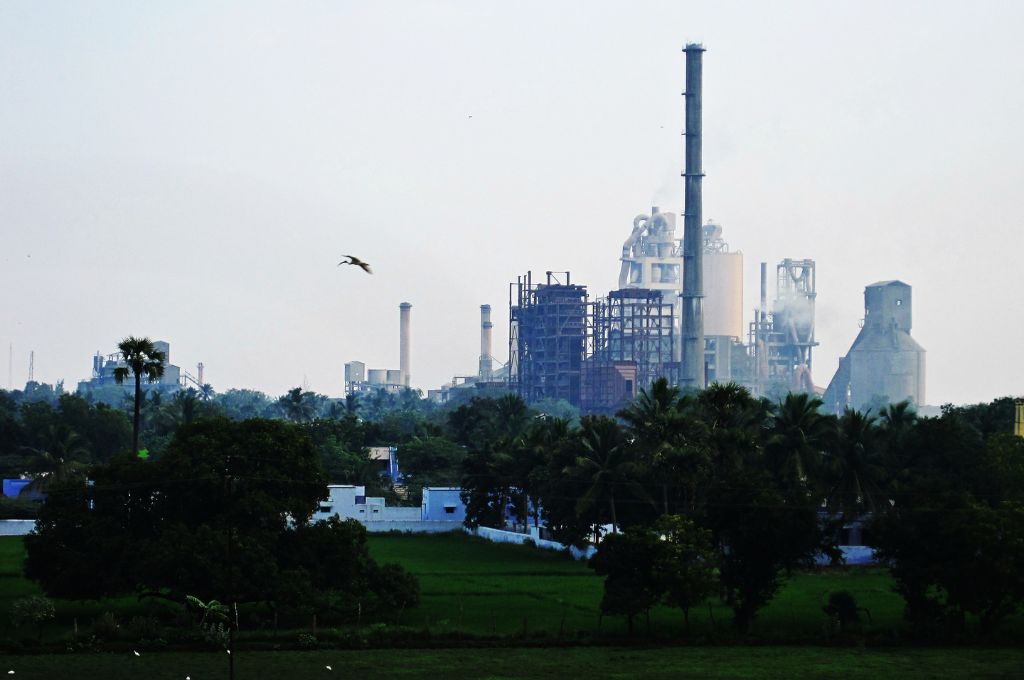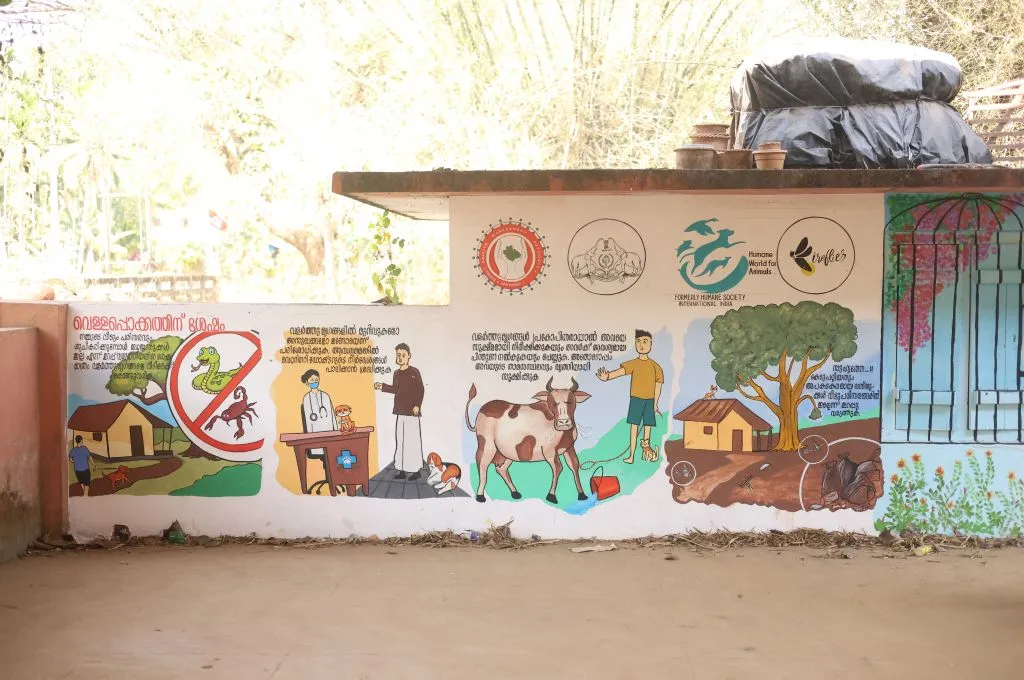For countries to meet the target of keeping global warming within 2 degrees Celsius and ideally below 1.5 degrees Celsius, greenhouse gases need to be reduced, by at least 43%, by 2030. One way to encourage countries to reduce their greenhouse gas emissions is by putting a price on carbon and incentivising emissions reduction by offering financial rewards. This is done through tracking and trading of carbon, just as a commodity, which makes up the carbon market.
Discussions surrounding carbon markets have been prevalent during and after COP 28, drawing interest as a potential solution to environmental challenges. Carbon markets have usually been in a grey area over reasons such as disagreements over what emissions to consider, challenges in validating and verifying bilateral carbon credit trading and the complexities involved in establishing a universally regulated market. Parties at COP 28 tried but did not reach a consensus on the terms and conditions of the global carbon market.
What are carbon markets? How do they work?
Carbon markets, also known as emissions trading mechanisms, are essentially tools to put a price on carbon emissions, enabling trade in carbon credits or carbon offsets. A carbon credit is a generic term for a tradeable certificate or permit representing the right to emit a certain amount of carbon dioxide (usually 1 metric ton) or an equivalent amount of different greenhouse gases. It is, in a sense, the basic trading unit for carbon markets.

Countries or governments set carbon allowances or caps based on their targets for reducing emissions. Entities that reduce their emissions, below these set limits, can sell their surplus ‘allowance’ as carbon credits to those exceeding their emission limits.
For example, when an organisation undertakes activities that remove carbon from the atmosphere, such as afforestation, its efforts then have the potential to be quantified as carbon offsets that can then be traded with other entities in the market.
India is the world’s second-largest supplier of carbon offsets.
Trishant Dev, Programme Officer at the New Delhi-based think tank, Centre for Science and Environment (CSE) and author of Discredited: The Voluntary Carbon Market in India says, “Understanding the intricacies of carbon markets is key in the context of global efforts to combat climate change. These markets are not just theoretical constructs but have practical implications, especially for countries like India, which are grappling with the dual challenge of sustaining economic growth and reducing emissions.”
Talking about the future of global carbon trading, Dev says, “The United Nations international carbon market, as envisioned in Article 6 of the Paris Agreement, has yet to begin, while multilateral negotiations over how the inter-country carbon market would function continue. Countries would be able to offset their emissions under the proposed market by purchasing credits created by greenhouse gas-reduction programmes in other countries. Previously, developing countries, particularly India, China, and Brazil, benefited considerably from a similar carbon market under the Kyoto Protocol’s Clean Development Mechanism (CDM) in 1997. India has registered 1,703 CDM projects, the second most in the world. The 2015 Paris Agreement, however, altered the global landscape by requiring even emerging countries to set carbon reduction targets”.


What are the types of carbon markets?
Currently, there are two primary types of carbon markets: compliance and voluntary.
Compliance markets are largely government-regulated systems established to limit greenhouse gas (GHG) emissions. A well-known example is the cap-and-trade principle, which is widely implemented in the European Union (EU). In this model, a limit or ‘cap’ is set on the total GHGs that can be emitted over a certain period. If any entity emits more than its allowance, it must buy additional allowances through either official auctions or from those who have surplus allowances, thus incentivising emission reduction.
In this system, the carbon price is determined by market dynamics based on the supply and demand of emission allowances.
These markets essentially encourage reduced energy consumption and a shift towards cleaner energy sources. The structured nature of these government-regulated trading schemes, which outline a clear path for tightening emission limits and reducing the availability of allowances, incentivises companies to innovate and invest in cost-effective low-carbon technologies.
Voluntary carbon markets are not regulated by governments. These markets provide a platform for organisations, institutions, and individuals to counterbalance their greenhouse gas emissions voluntarily. In these markets, entities acquire carbon credits from project developers or brokers. To ensure authenticity and compliance with certain criteria, these credits typically undergo verification by independent, third-party standard organisations such as Verra and Gold Standard Foundation. Often, organisations engage in these markets as a component of their corporate social responsibility (CSR) strategies, using them to offset their own carbon emissions and showcase their commitment to reducing their environmental impact.
“Although there is not yet an official global carbon market, a voluntary carbon market has flourished in its absence. This market holds the promise of generating billions in funds for nations in the Global South, facilitating their transition to low-carbon energy systems and supporting the socio-economic development of their communities,” says Dev.
India’s voluntary carbon market has a valuation exceeding $1.2 billion.
“While voluntary carbon markets are primarily operated by private entities, there are notable exceptions where governments play a role,” adds Dev. “Examples include government-led initiatives such as the Australian Emissions Reduction Fund (ERF) and the Thailand Voluntary Emission Reduction Programme, both of which operate on a voluntary basis within the broader framework of carbon markets.”
India’s voluntary carbon market has a valuation exceeding $1.2 billion and boasts 1,451 projects registered or under various stages of consideration across two prominent registries, Verra and Gold Standard, as of May 2023, says Dev, quoting the CSE report. In 2022, three project developers from India were listed among the top 15 worldwide in terms of carbon credit generation. To date, Indian organisations have garnered approximately $652 million in revenue from the sale of carbon credits utilised for offsetting emissions.
What is the current state of carbon markets in India?
Globally, there are over 28 emission trading systems in existence, and plans are in place for more than 21 additional national and sub-national emission trading markets. These systems account for about 17% of worldwide greenhouse gas emissions annually, covering nine gigatonnes of CO2 equivalent. Meanwhile, India is actively developing a framework for its domestic carbon market.
India currently operates two market-based emission reduction schemes: the Perform, Achieve and Trade (PAT) scheme and the Renewable Energy Certificates (REC) system.
The PAT scheme targets energy-intensive industries such as aluminium, cement, chlor-alkali, fertiliser, iron and steel, paper and pulp, railways, thermal power and textiles. Under this scheme, the government sets energy reduction goals, known as specific energy consumption (SEC), for companies in particular sectors. If a company uses less energy per unit of production than the established targets, it can earn certificates (ESCerts) as a reward for saving energy. The earned ESCerts can be traded on Power Exchanges and purchased by other units participating in the PAT scheme to fulfill their compliance needs. However, there have been challenges with the PAT scheme, including lenient targets, excess availability of Energy Saving Certificates (ESCerts), increased non-compliance and delays in compliance cycles.
On the other hand, the REC system operates under the Renewable Purchase Obligation (RPO), which mandates electricity generators to produce a certain percentage of their total power from renewable sources like solar and wind, etc. These certificates can be traded and are intended to promote the use of renewable energy sources.
India does not have a fully operational government-regulated carbon market. However, the country is actively working towards establishing one. The recent draft of the Carbon Credit Trading Scheme (CCTS), released as part of the Energy Conservation (Amendment) Act 2022, is a significant step toward creating a domestic carbon market in India. The CCTS aims to facilitate the trading of carbon credits and incentivise industries and entities in India to reduce their carbon footprint by decreasing emissions.
Dev elaborates on the current state of carbon markets in India: “As of now, there is no government-regulated carbon market in India because the government of India is still developing its own regulations for a domestic carbon market. What exists right now is a voluntary carbon market in India where projects from India or entities from India participate in international crediting programs. These international programs provide certification for those projects and issue credits for them, and then there may be interest in international buyers who will purchase credits on these projects.”
India is the world’s third-largest carbon emitter.
In November, the Bureau of Energy Efficiency (BEE) released a draft outlining the requirements for companies to adhere to the domestic carbon market. The scheme aligns with National Determined Contributions (NDCs), and the Ministry of Environment, Forest and Climate Change (MoEFCC) will establish emission targets for each cycle to define an emission reduction trajectory. Companies with emissions will receive specific targets. If a company surpasses its assigned target, it can earn Carbon Credit Certificates based on the difference between achieved and targeted emissions, and these certificates can be traded in the market.
India is the world’s third-largest carbon emitter, contributing 7.3% to the global greenhouse gas emissions in 2021.
What are the regulatory challenges with carbon markets?
Critics contend that carbon trading enables high income countries to avoid reducing their greenhouse gas emissions by purchasing sufficient credits to maintain their high-pollution status quo.
While policy experts and economists agree that pricing greenhouse gas emissions is a valuable component of an overall strategy to decrease their presence in the atmosphere, the practical implementation of carbon markets has been marred by various shortcomings. For instance, as Dev explains with an example, the availability of credits must be limited to maintain high prices. The EU Emissions Trading System faced initial setbacks after its launch in 2005 due to an oversupply of carbon allowances. Over time, the price of these credits has fluctuated as the EU has sought to enhance its regulation.
In the last few years, countries, especially in the European Union (EU), have also taken some measures in the name of carbon leakage. As per their fear, companies relocate their polluting operations to countries with lax carbon emission regulations to avoid the expense of purchasing credits for their pollution. To address this concern, in 2021, the EU adopted the Carbon Border Adjustment Mechanism (CBAM), requiring EU importers to equate the cost of carbon emissions from goods acquired from outside the EU to those within the EU Emissions Trading System. Several countries have raised their concern against CBAM and termed it a protective measure.
In the offset domain, questions have arisen about the carbon removal potential of many projects involved in these initiatives, such as tree planting and waste-to-energy conversion. The reason for these doubts lies in the complexity of measuring the carbon absorption capacity of these activities, which is highly dependent on the management of each specific project. These issues may undermine the effectiveness of trading systems that utilise these offset methods.
This article was originally published on Mongabay.




